
Ah, New York in the fall. The weather is finally tolerable, the social scene is back in swing, and the morning commute is what it has always been (Ok. Maybe it’s worse). And while summer may be the students’ season to get up to speed on the year’s best reads, for us working folk there’s nothing quite like getting back into the daily routine of a subway commute for finally finding the time for that intellectual fix or artistic reprieve we yearn for in a good book. Whether you want to educate yourself on professional best practices, get some design inspiration, or simply lose yourself in a beautiful story, look no further. The Bakers & Archers have come together to compile a list of fall must-reads.
Here’s what’s on our list.
The Bauhaus: #itsalldesign
Edited by Mateo Kries, Jolanthe Kugler

Recommended by Holden Brown
Whether you are a designer, artist, historian, or simply an afficanado of good design, this beautiful art book–perhaps more appropriate for your coffee table than for your morning commute (although it is now available in paperback)– provides a well-curated look into the vast volume of work produced by members of the Bauhaus School. Serving as a definitive survey of Bauhaus art, design, architecture, teaching, and philosophy, produced by the Vitra Design Museum, the book features work hugely relevant and influential to 21st century design and creative practices. And for the scholar or intellectual among us, the artwork is accompanied by dozens of essays and short articles by distinguished designers, authors, and critics. It’s great for both a deep dive into design theory or a quick pass when you need some inspiration.
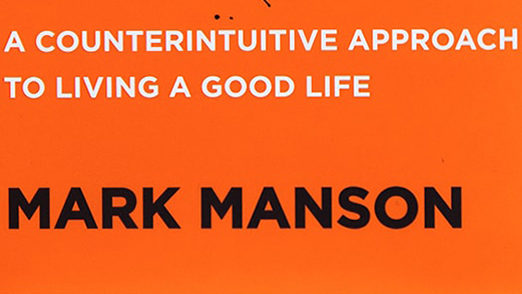
Recommended by Josh Levine
If you are living and working in New York, chances are you probably give at least somewhat of f*ck, and, more likely than not, too much of one. Profanity aside, this book takes an at once honest and humorous look at how to deal with the inevitable failures, disappointments, and uncertainties that even the most talented and ambitious among us will encounter in our lives. Rather than beating the tired drum of positive thinking, Manson walks to the beat of a different drum. He invites his reader to learn to abide life’s disappointments, rather than avoid them, by finding contentedness and grounding in things outside of professional and material success–friendships, family, and fart jokes (among other things). For those of us who find ourselves lying awake at night worrying about that email we didn’t answer, or wishing we had answered it differently, this book provides a conceivably obvious, but no less valuable reminder that once upon a time, long before the word startup entered the popular vernacular, people managed to live interesting, varied, and fulfilling lives–in and outside of work.
_
Platform Capitalism
By Nick Srnicek
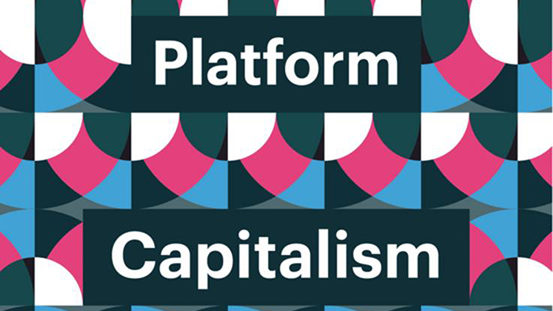
Recommended by Lisa McGee
In Platform Capitalism, Srnicek, a lecturer at City University, London offers an academic, yet accessible, critique of the tech companies that rule the global economy and the system of global capitalism that gave way to them. Rather than celebrating the “share economy” as the economic salve of the century, Srnicek sees today’s largest tech platforms–Facebook, Google, AirBnB etc.–as monopolies we should be wary of, rather than worship, as they fundamentally alter the nature of labor. While the book is at times radical in its critique, for anyone committed to the practices of human-centered design, it provides valuable insight into how business-as-platform has the power to impact human behavior and quality of life, for better and for worse and for decades, if not centuries, to come.
_
Radical Technologies: The Design of Everyday Life
By Adam Greenfield
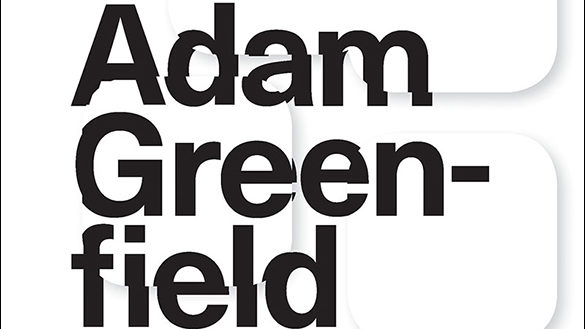
Recommended by Emily Smith
On a similar note, and from the same publisher as the title above, technologist Adam Greenfield’s recently published critique of 21st century innovation and Silicon Valley encourages us to more closely examine the products, systems, networks and spaces that have come to govern the way we live out our everyday lives: from how we wake up in the morning and the routes we take to get to work, to how we connect day in and day out, minute to minute, with our fellow human beings. He urges us to consider how technology shapes our own behavior, as both humans and society, and provides tactics for how we can wrest control from corporations to reclaim something of our own techno-futures. Whether you share in his skepticism or not, Greenfield provides compelling research and data to illustrate the extent to which we are increasingly determined by and beholden to our technology. As professionals deeply involved in shaping the future of human interaction with technology, it is worth considering how technology might be used to empower, rather than determine, human autonomy.
_
The Shell Collector
By Anthony Doerr
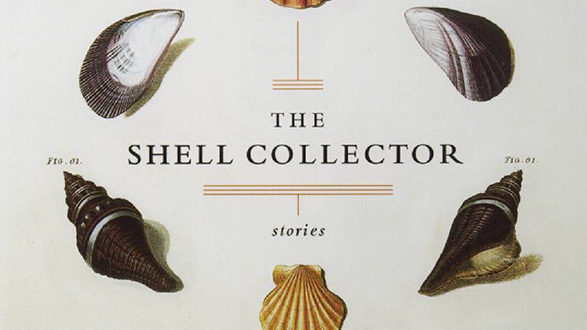
Recommended by Katie Gray
Now let’s put aside the doom and gloom for a minute and talk about our feelings. For those of looking for a more hopeful take on the state of humanity in their reading, in his earlier and lesser known collection of short stories, The Shell Collector, Anthony Doerr–author of the pulitzer prize winning All the Light We Cannot See–explores the fragility of human experience and the potency of human connection, from diverse points of view. With each emotionally-rich story, Doerr introduces us to a cast of complex characters who deal with these emotions in vastly different ways, but who are connected through the deeper meaning they are able to find outside of themselves, positing a refreshing precedence for empathy and hope grounded in the universalism of human experience. It’s a book you can pick up at intervals, read a story or two in between other reading, or one you can take the time to delve into and read straight through.
_
Search Inside Yourself: The Unexpected Path to Achieving Success, Happiness (and World Peace)
By Chade Meng Tan
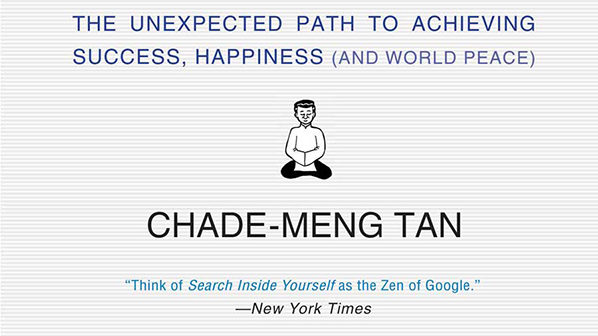
Recommended by Jessica Lippke
In a book whose title may get flack for being a little too zen, Chade-Meng Tan, one of Google’s earliest engineers and personal growth pioneer, offers a surprisingly grounded take on enhancing mindfulness and emotional intelligence in life and work. Meng’s job is to teach Google’s best and brightest how to apply mindfulness techniques in the office and beyond; his new book provides insider access to one of the most sought after classes in the country: a course in health, happiness and creativity that is improving the livelihood and productivity of those with some of the most stressful jobs in the world, who also happen to be responsible for one of the most successful businesses of all time. If you are someone who wants to work your ass off and maintain your sanity, CIO.
_
How Not to Hate Your Husband After Kids
Jancee Dunn
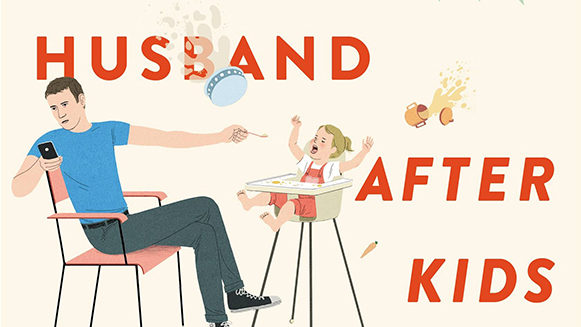
Recommended by Kate Muth
For all the working moms in the house, if you (like our own very pregnant Kate Muth who recommended this title) find yourself chasing after your kindergartener as she makes her grand debut in her new classroom, panting up the subway stairs only to arrive late again to another morning meeting, all while trying not to curse your husband (whose job may or may not keep him away from home for days on end), the title may feel … well, relevant. When author Jancee Dunn discovered how profoundly having a child buffeted her previously placid relationship with her husband, rather than giving into resentment, she devoted herself to rebuilding. Having identified the problem, neatly summarized by couples therapists John and Julie Gottman’s finding that “67 percent of couples are less satisfied with their marriages after having a baby,” Dunn followed a process of development that designers know well: research, synthesize, iterate, and refine, to avoid that sad fate for her marriage.
_
Project Management for Humans: Helping People Get Things Done
By Brett Harned

Recommended by David Ow
Perhaps the most practical read to make our list (and for that reason, perfect for all the project managers out there. Heyyy.), this short and beautifully organized book is a potent reminder that at its heart, project management is actually just plain old people management. As they say, you can take the project out of the person, but you can’t take the person out of the project (or do they?). Either way, don’t worry, for all that it has to say about motivating and connecting with humans, it doesn’t get touchy feely. It’s concise and to the point, full of bullets and headers and sidebars that make it easy to skim through the stuff you already know and spend time with the ideas that resonate.